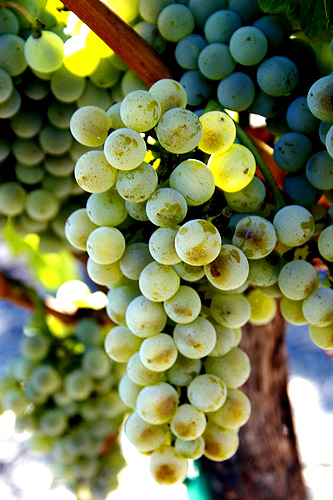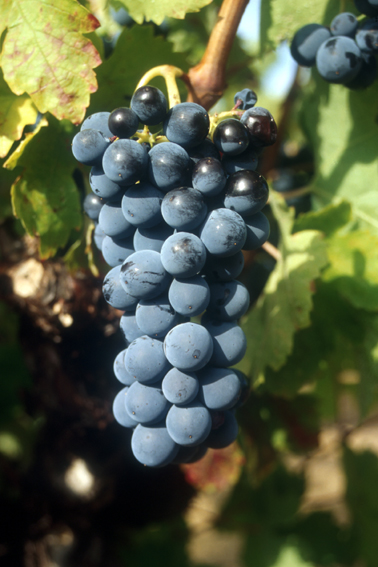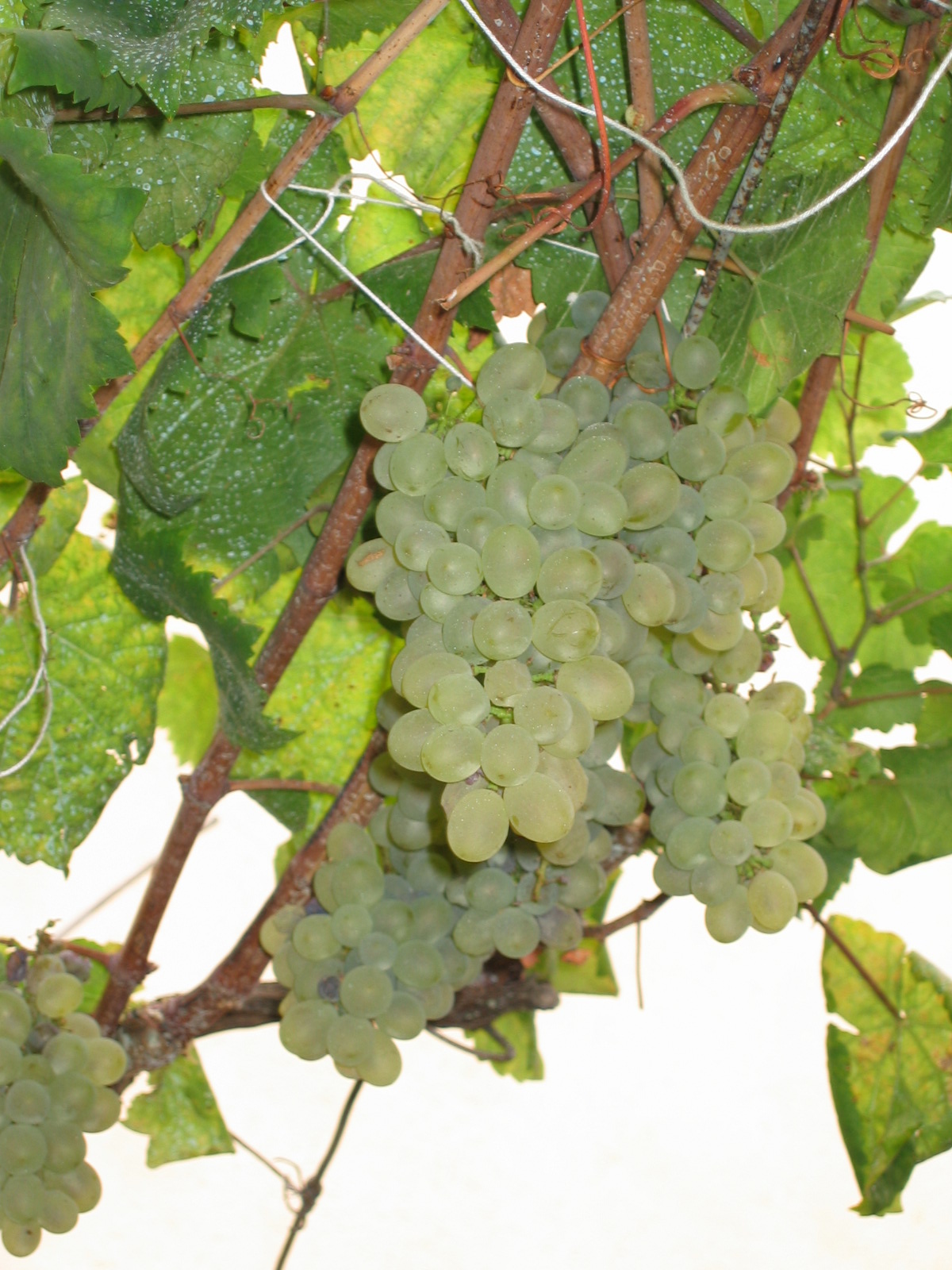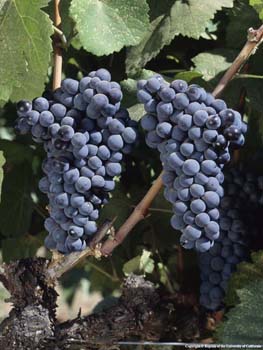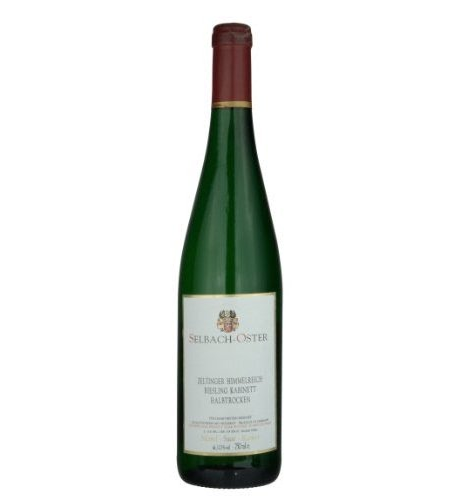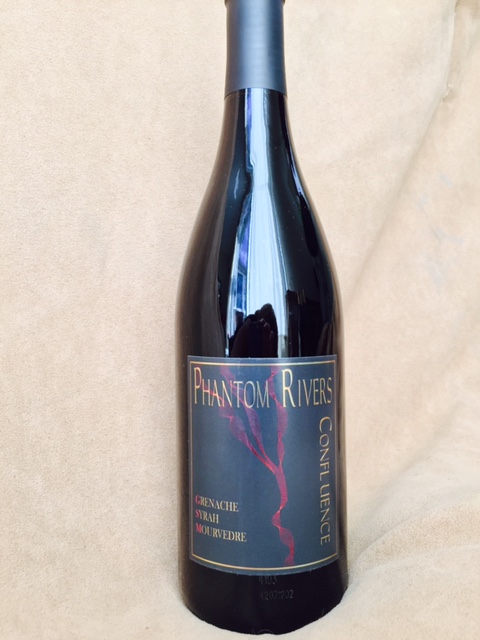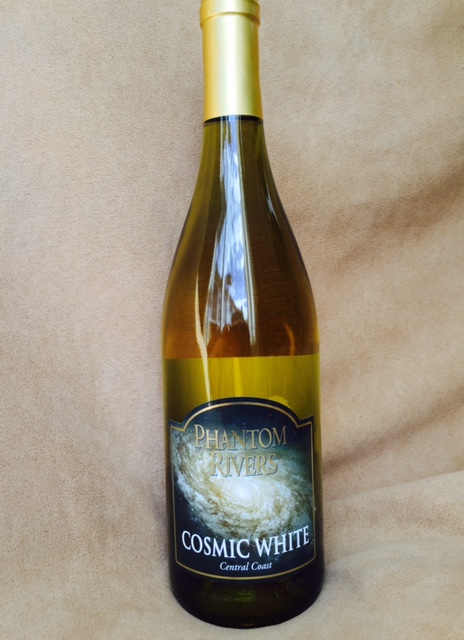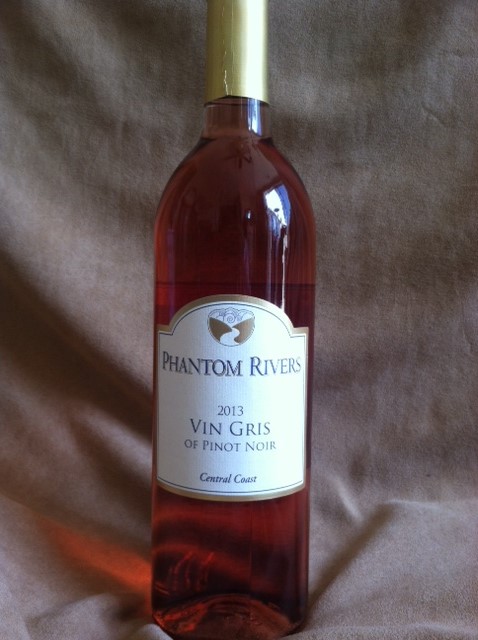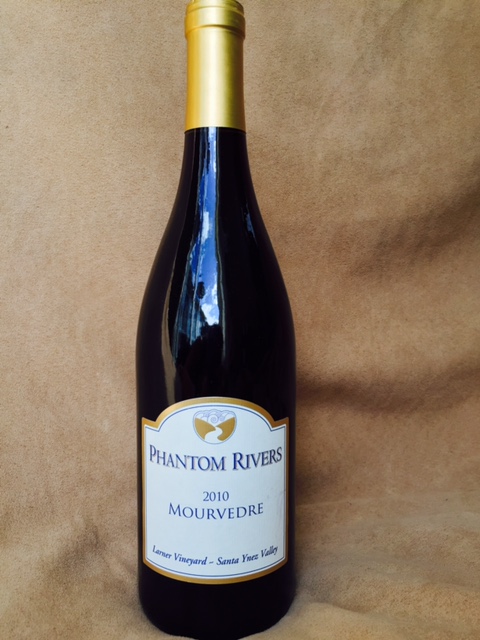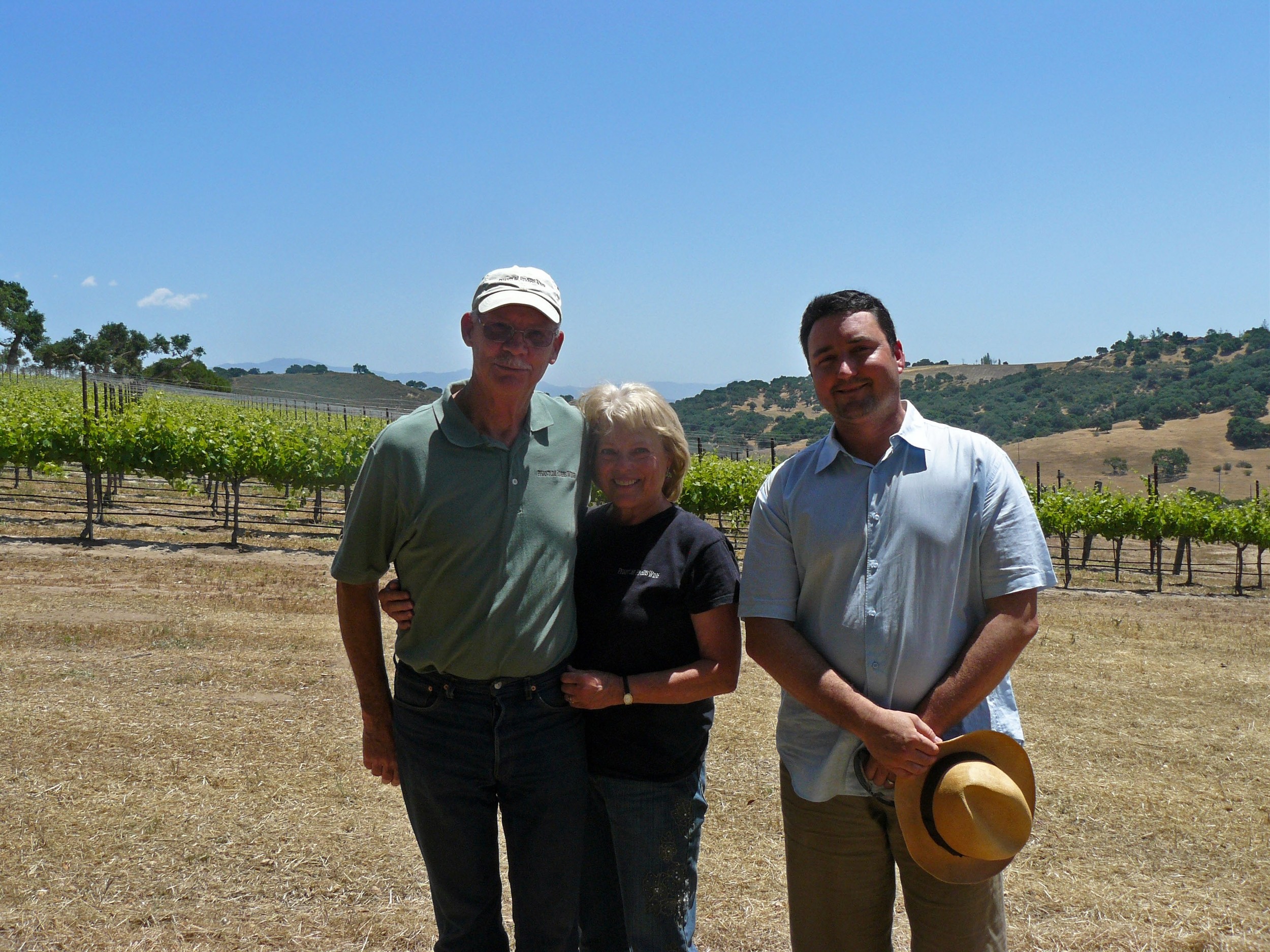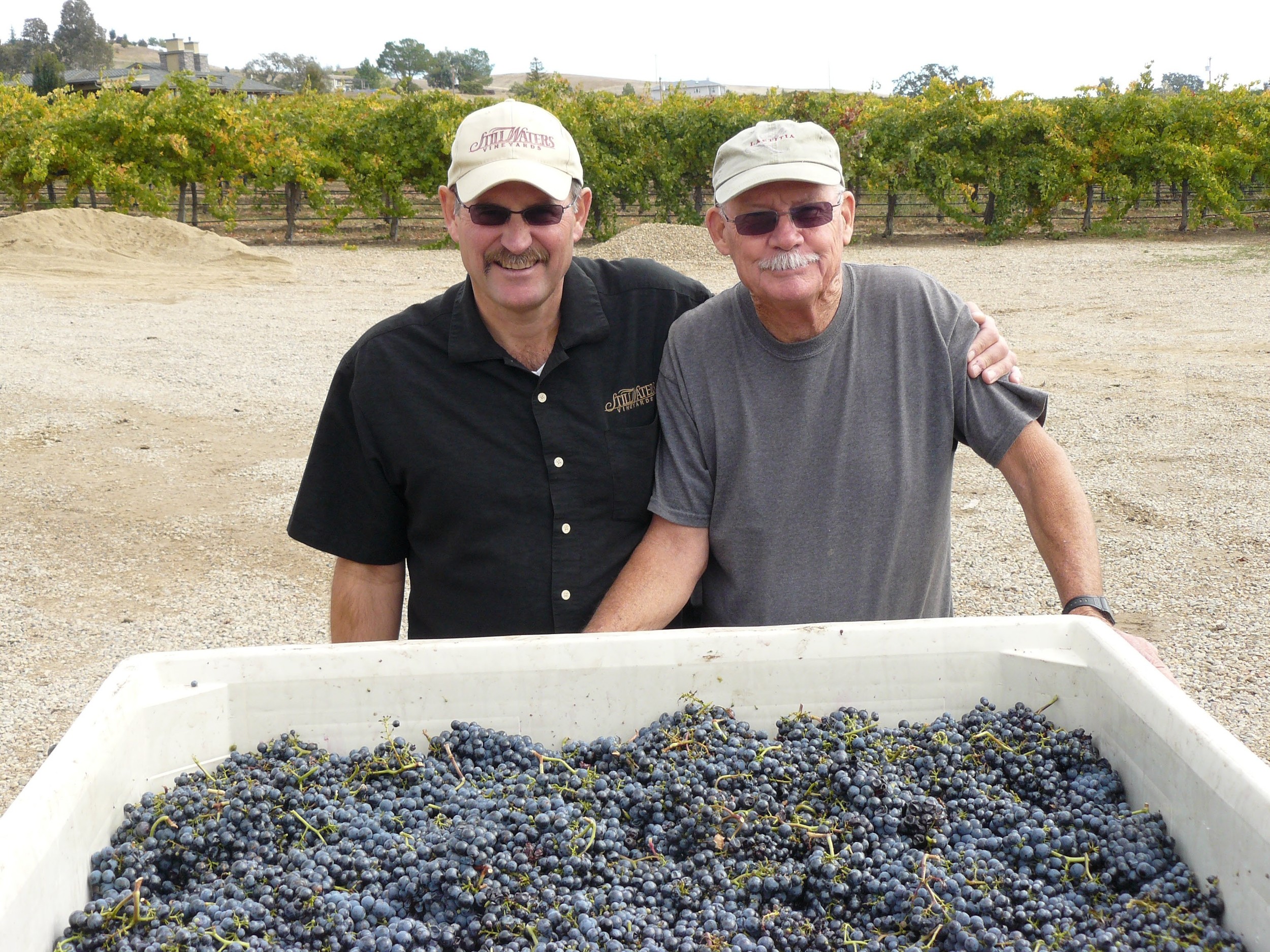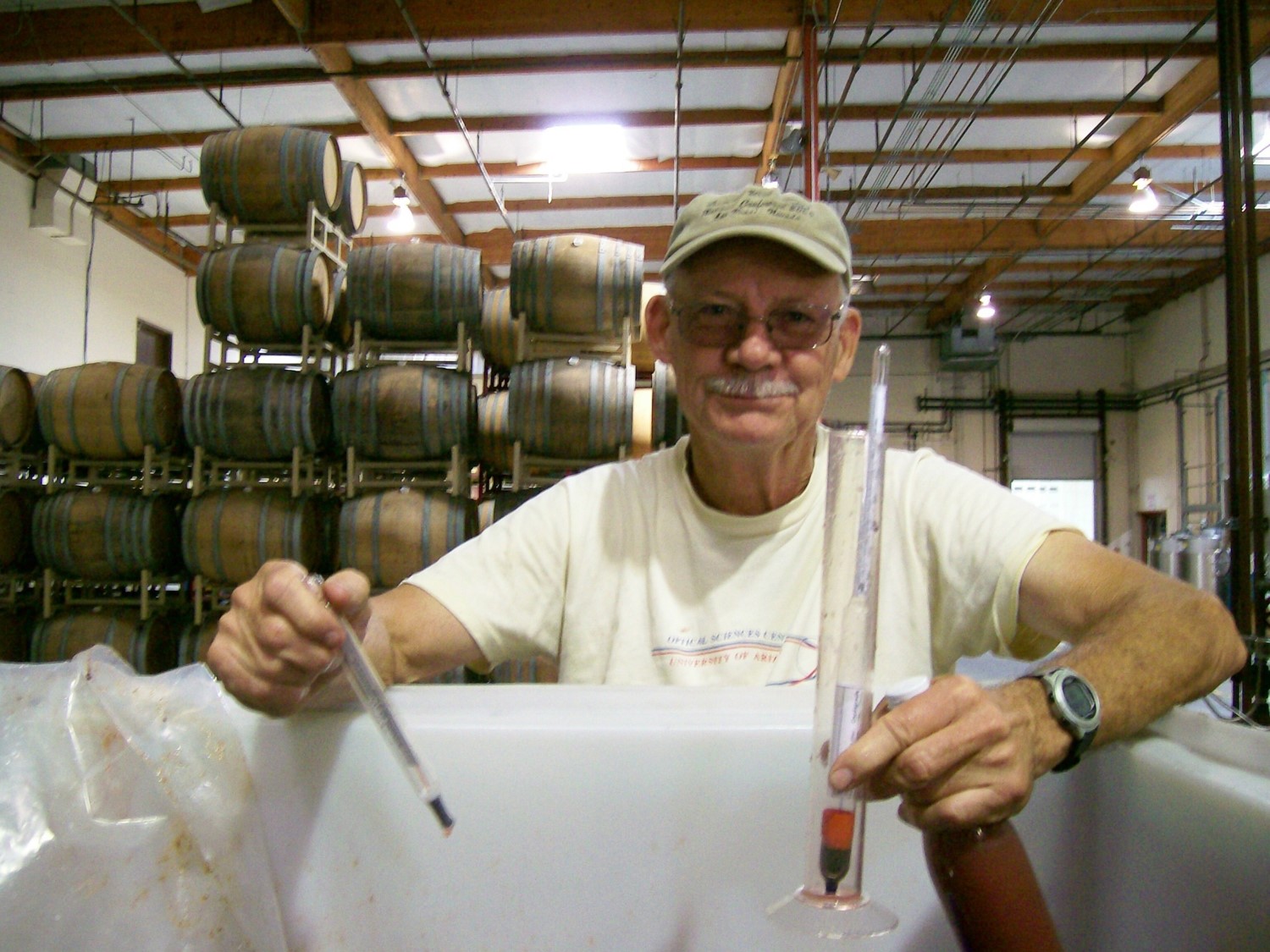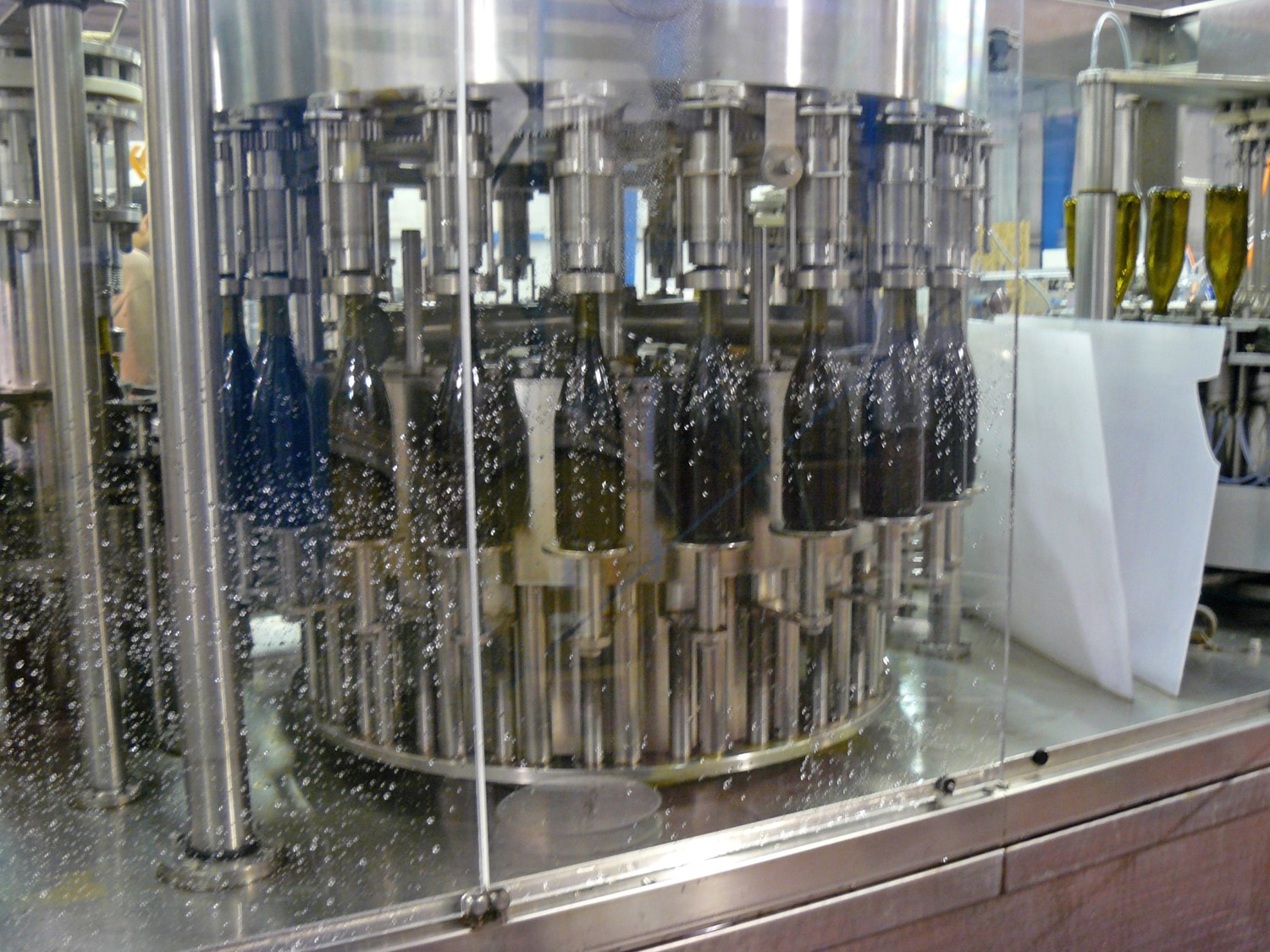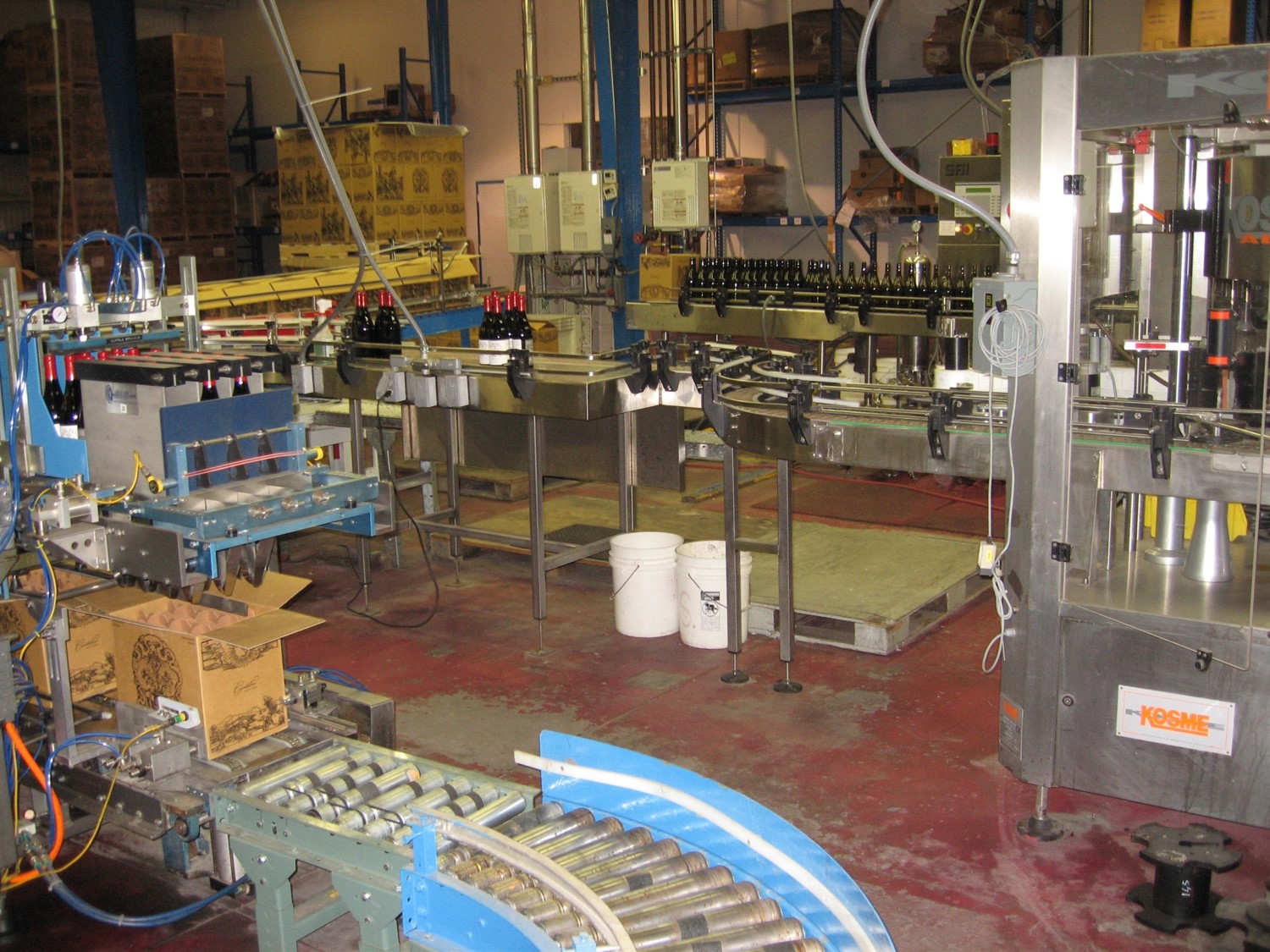Punk. Born from a primal desire for raw expression, bands like The Stooges and The Ramones used what little they had- cheap amps, thrift store guitars, minimal technical knowledge- to create something new and powerful, simple yet soulful, a pure distillation of youthful energy and boundless creativity. The most exciting wines happening around the world today, particularly here in California, share this punk spirit.
Young winemakers are using their economic shortcomings to their advantage, finding inspiration in unlikely sites or obscure grapes. Varieties like Valdiguie, Semillon, Carignan, and Verdelho, to name just a handful, have become de rigueur. Places like the Sacramento-San Joaquin River Delta, the savanna-like eastern stretches of Santa Ynez, and the granitic slopes of the Sierra Foothills have been infused with fresh passion and care.
In many ways it’s akin to peasant food- winemakers are taking the “scraps” and finding creative ways to spice them up, seeking the most delicious way to channel their origins. Necessity is the mother of invention, and it has birthed many distinct takes on grapes, or vineyards, once thought pedestrian. Take the Semillon of Cotiere: winemaker Kevin Law takes old vine fruit grown in the gravel of Santa Ynez’s old Buttonwood Vineyard and shapes it into something that recalls the best qualities of both Hunter Valley and Graves, with highwire acid allied to a broad texture and waxy, exotically spiced aromatics.
Or how about La Clarine Farm’s Jambalaia Rouge- an oddball blend of Mourvedre, Grenache, Marsanne, Fiano, and Arneis, this wild wine is full of juicy joy, so vibrant it feels like it might leap out of the glass. Winemaker Hank Beckmeyer knows a thing or two about punk, having played bass in one of the most primalcavemanBUZZKLANGPOW!awesome bands ever, Half Japanese. In his wines, one senses that spirit has never left him; it’s simply found a different creative outlet.
Most of these wines are meant to be enjoyed now- while the ability to age may be present, these wines are about pleasure and gulpability, their immediacy taking your mind and palate on a joy ride. They are the 10-songs-in-18-minutes setlist; they are Iggy Pop snarling “I Wanna Be Your Dog.” They still have a lot to say- perhaps more than most wines- they’re just saying it fast, and loud. Hey, ho, let’s go.
Winemakers: Share your "punk spirit" with our community. Simply download the VAULT29 app and share your winemaking experiences now! Use hashtag #winemaking.
About the author: Cameron Porter is an Advanced Sommelier and Owner/Winemaker of Amplify Wines, He also plays a role on VAULT29's Advisory Team! Stay connected to Amplify by following them on Facebook, Instagram & in the VAULT29 app.



